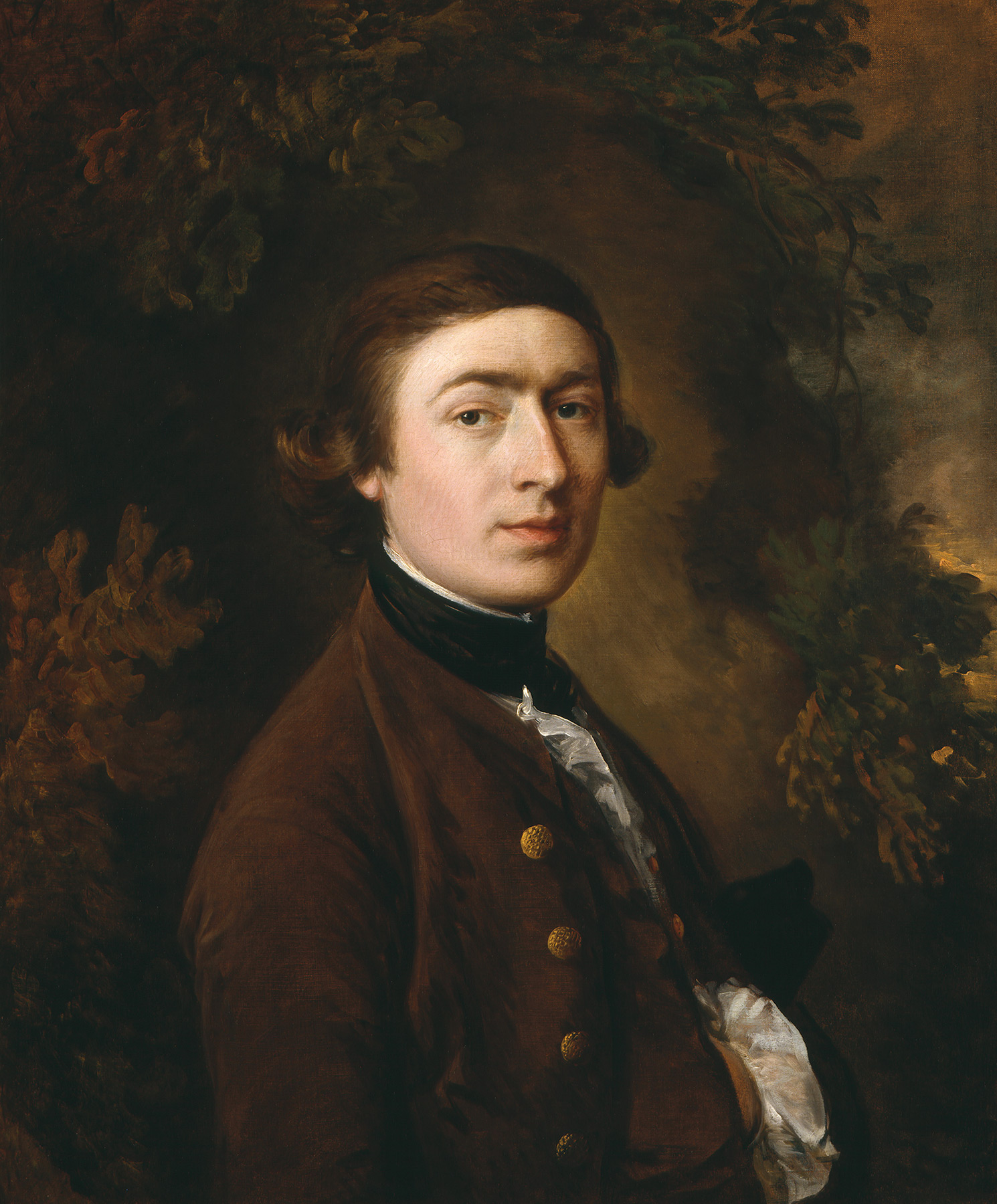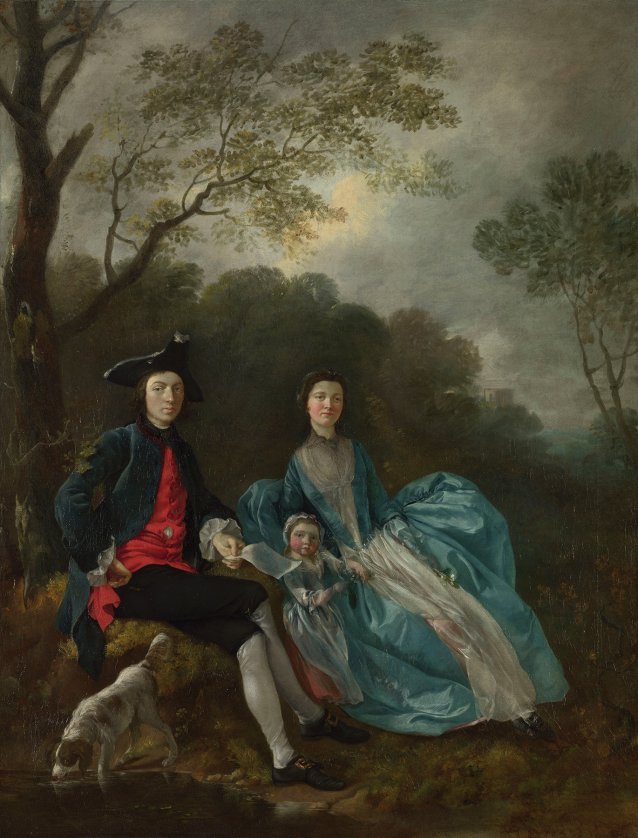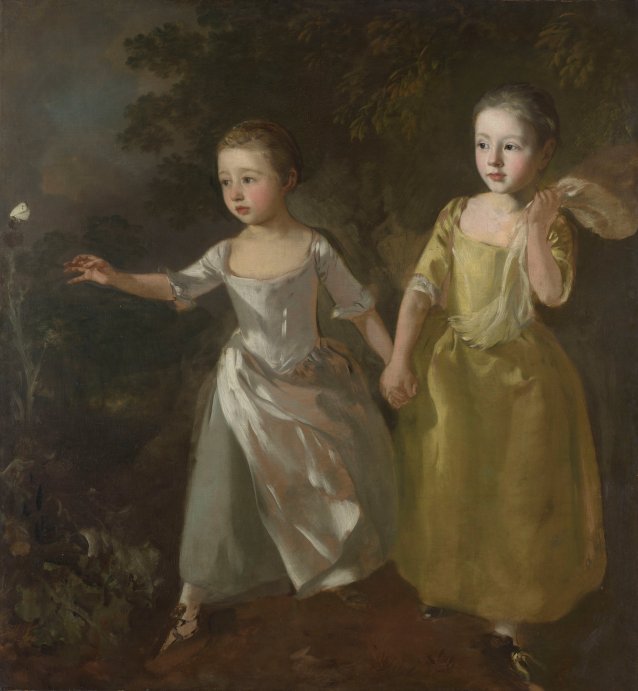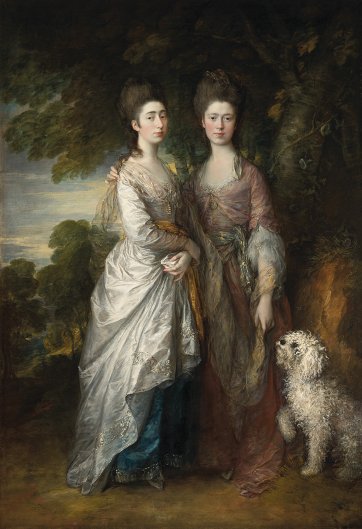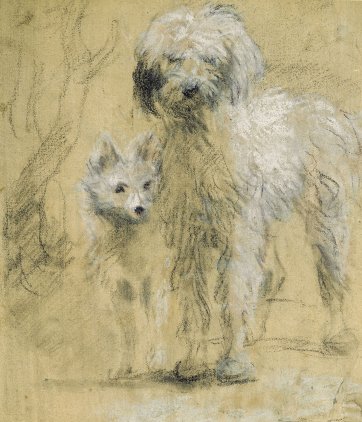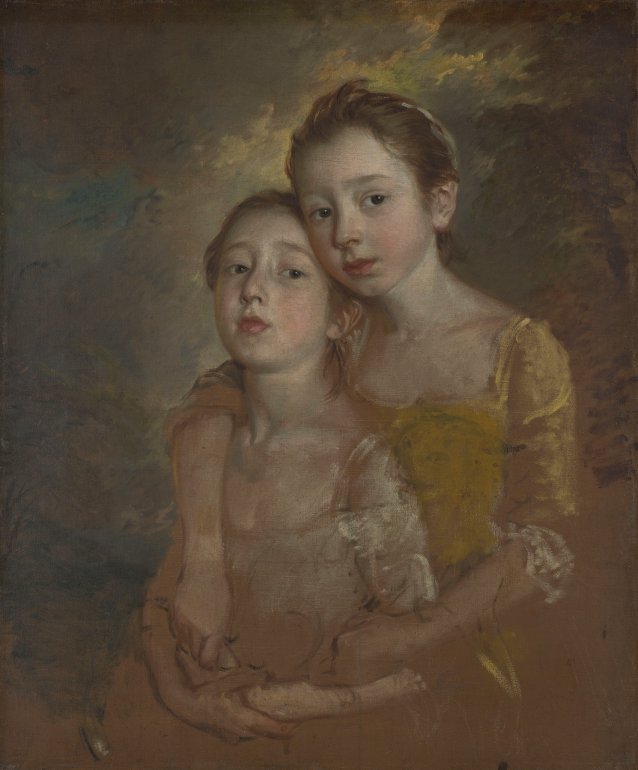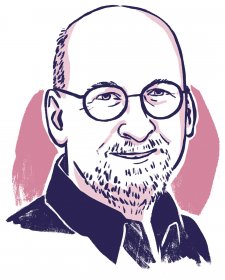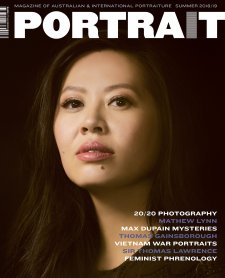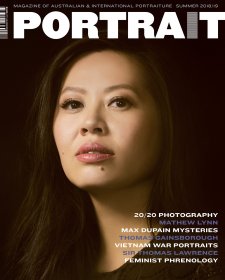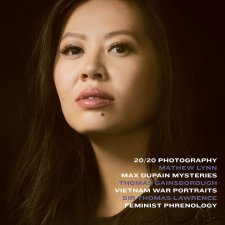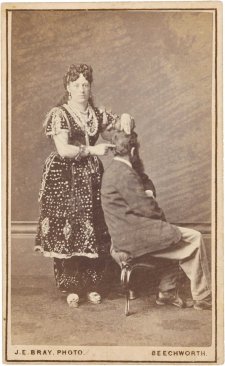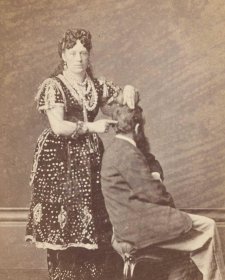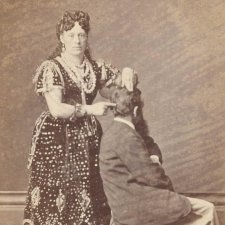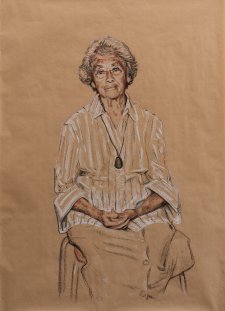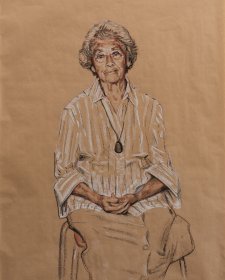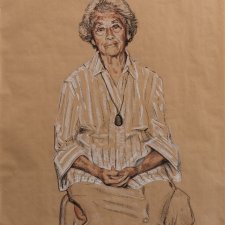These were the principal questions I had in mind when I approached the National Portrait Gallery, London with the idea for Gainsborough’s Family Album several years ago, and since then I have learned not to expect any simple answers. Gainsborough’s portraits notoriously resist easy reading even when a great deal is known about their subjects and about the circumstances of the paintings’ production and reception. Also, as the introductory essays in the publication Gainsborough’s Family Album will at times make apparent, a critical consensus proves even harder to achieve where such historical evidence is lacking. Since all but one or two of his family pictures stayed entirely out of the public eye until long after the artist’s death, these portraits only rarely prompted written comments during his lifetime, or at least any that can now be traced. Compounding the problems caused by this lack of comment on the part of Gainsborough and his contemporaries is the concise economy of the pictorial rhetoric that he almost invariably adopted for depictions of his kinfolk. Given that he was not being paid for his labours, it is easy to understand why the painter’s main priorities tended to be simplicity and speed – although this has made the challenge facing later interpreters all the more difficult by leaving images that, as a rule, have little beyond the obvious to say about themselves. The fact is that they did not have to do more, if only for the simple reason that they were intended for an audience of relatives and friends, people who knew the sitters (and the painter) well. Not only are we not privy to that intimate knowledge, but today we can merely guess at what it must have been like to view Gainsborough’s ‘family album’ in its original setting. Largely confined in the eighteenth century to a small network of domestic households, the pictures now inhabit spaces of very different kinds across the world. Bringing these scattered works together under one roof presents a unique opportunity to reveal the full richness of their meanings, as individual objects and as a visual ensemble, and to see what further questions they suggest.
Whereas our own experience might lead us to expect Gainsborough’s pictures to conform to twenty-first-century ideas of privacy and informality, instead we find that in the main these representations are anything but casual, and that most are concerned less with expressing feelings of intimate attachment than with making claims to social status. The Artist with his Wife and Daughter was painted when the artist was no more than twenty years of age, and supplies the earliest evidence of the family’s determination to assert their claims to being the social equals of Gainsborough’s affluent patrons – quite a bold assertion, given the relatively humble status of the youthful artist and his wife’s problematic origins as the illegitimate daughter of a duke. In what may or may not be an indication of their subsequent marital difficulties, the couple would never again appear within the boundaries of a single canvas. Although now worn away by abrasions suffered in the past, the sheet of paper that Gainsborough is shown holding probably once bore the outlines of a landscape sketch. This, together with the prominence given the rural setting, indicates his personal and professional interest in landscape art.
